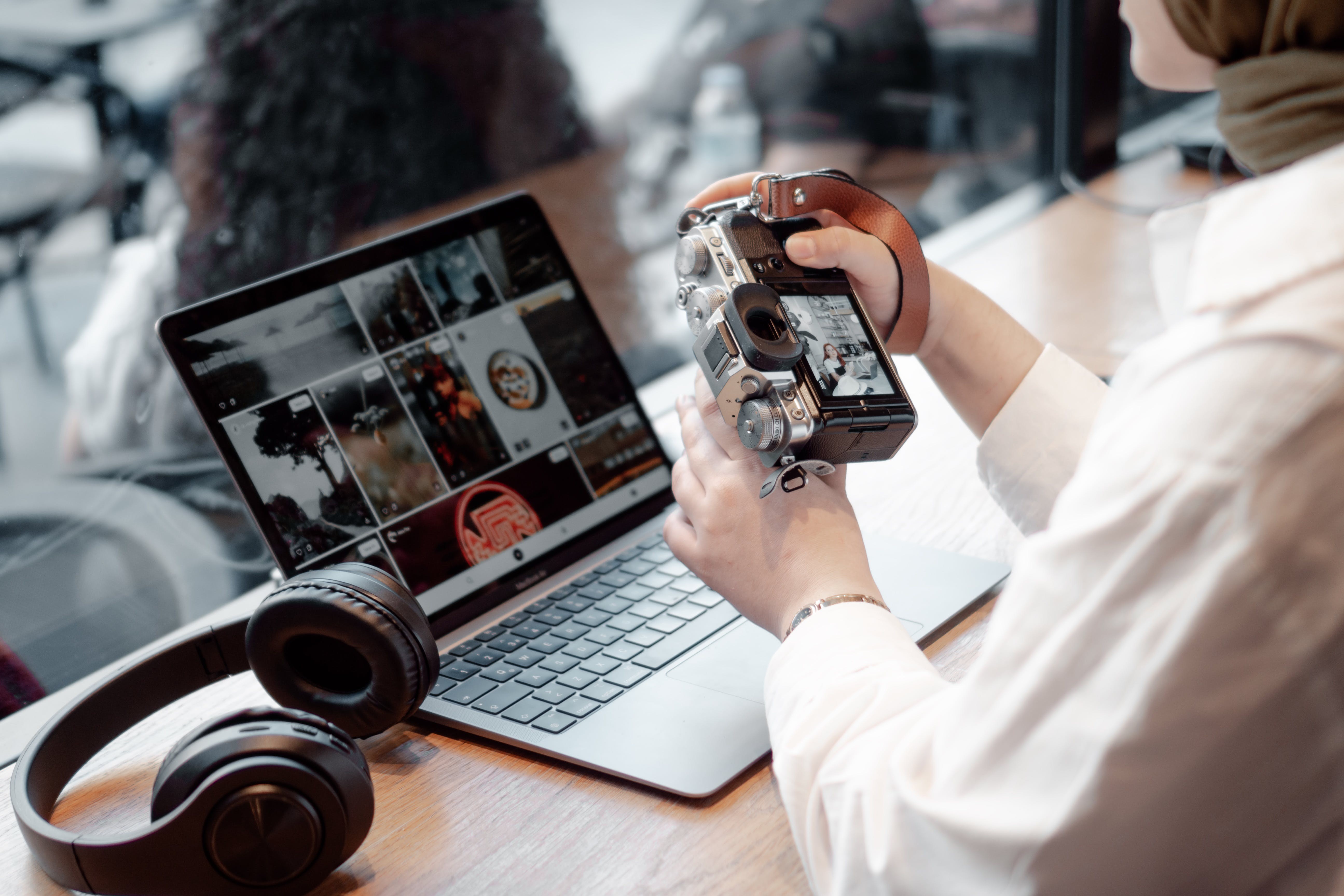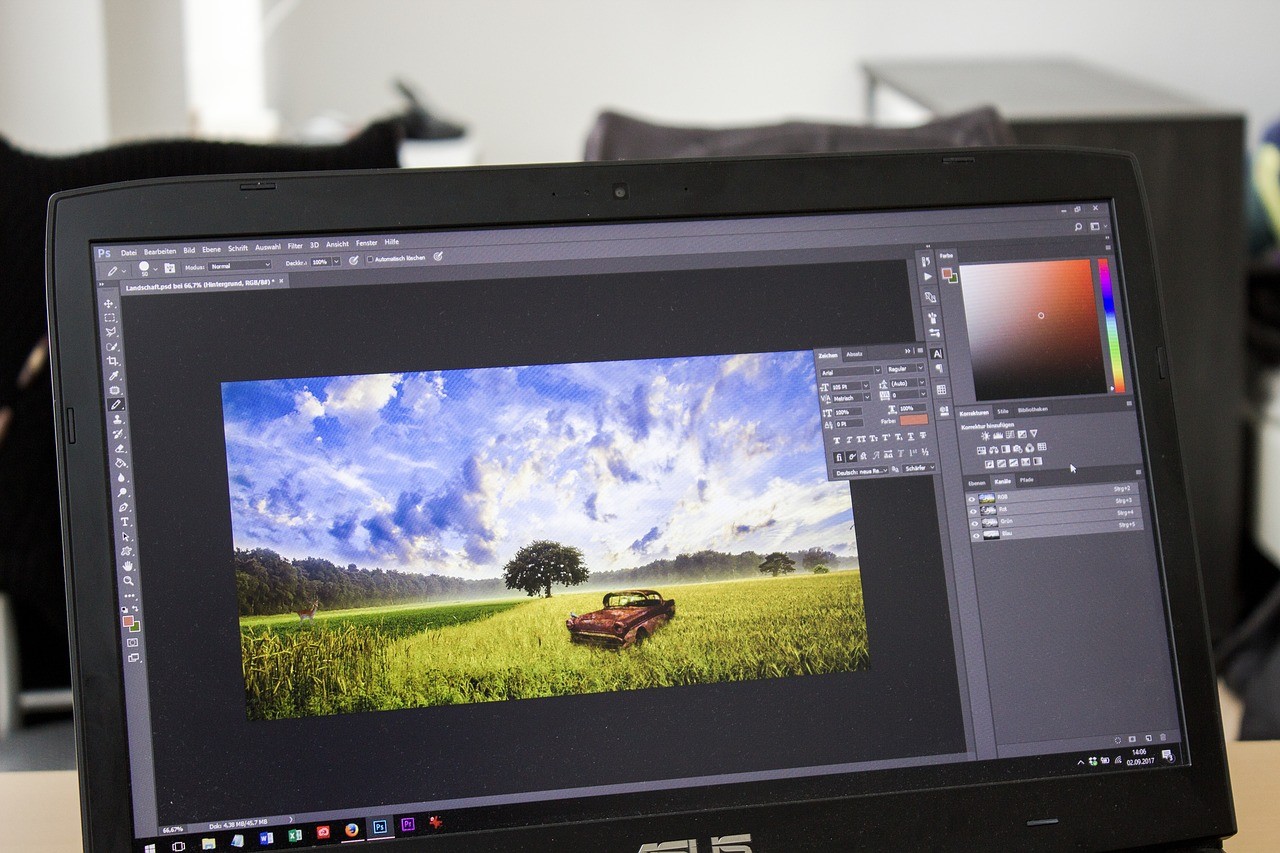Mastering Mobile Photography: Harnessing Smartphone Apps for Flawless Photos
In the age of smartphones, capturing memories is easier than ever. With a high-quality camera right in our pockets, we have the power to document our lives with a simple tap. However, taking a photo is just the beginning. To transform a good picture into a great one, photo editing apps have become indispensable tools for both amateurs and professionals alike. In this article, we'll delve into how to leverage the best photo editing apps on your smartphone to achieve that perfect shot every time.
Art Of Mobile Photo Editing

As smartphone cameras have advanced, so have the capabilities of mobile photo editing apps. These apps now offer an array of features that were once exclusive to sophisticated desktop software. From adjusting exposure and color balance to applying filters and textures, the possibilities are vast. The convenience of editing on the go means you can perfect your photos whenever inspiration strikes without the need for bulky equipment or a computer.
Choosing the right app is the first step. There are countless options available, ranging from simple, user-friendly interfaces to complex systems with a steeper learning curve. Popular apps like Adobe Lightroom, Snapseed, and VSCO have set the standard for what mobile photo editing can achieve. They offer a mix of basic and advanced editing features, presets, and customization options that can cater to various skill levels and aesthetic preferences.
Navigating the Interface
Once you've selected your app, familiarizing yourself with the interface is crucial. Most apps will present you with a gallery view of your photos. Upon selecting an image, you'll be taken to the editing interface, where the tools are typically organized into categories or tabs. Snapseed, for example, offers tools and filters neatly categorized for quick access.
Spend time exploring each tool and its effects on your photos. Adjusting sliders for brightness, contrast, and saturation will give you a feel for how you can enhance your image. Many apps also allow you to zoom in and work on fine details, offering precision editing that rivals desktop programs. As you become more comfortable with the interface, you'll be able to navigate through edits more efficiently, making the process both fast and enjoyable.
Understanding the Basics

Before diving into the creative aspects of editing, it's important to grasp the basics. Almost every photo can benefit from some level of adjustment to the exposure or color balance. Exposure affects the overall brightness of your image, while the color balance can correct tones to appear more natural or to set a certain mood.
In addition to these, sharpening can help bring out details, and cropping can improve the photo's composition. The rule of thirds, leading lines, and symmetry are compositional techniques that can be accentuated through cropping. Apps like Lightroom provide grid overlays to assist with this, ensuring your final image has a strong visual impact.
Leveraging Advanced Features
For those seeking more than just basic adjustments, advanced features like selective editing and layer masks can elevate your photo to professional levels. Selective editing allows you to apply changes to specific areas of your image, such as brightening a subject's face while leaving the background untouched. This is where apps with brush and gradient tools, like Lightroom, shine.
Layer masks offer even more control, letting you apply effects to layers that can be individually adjusted without affecting the rest of the image. This is particularly useful for complex edits, such as replacing skies or blending multiple images. While this may sound daunting, many apps provide tutorials and presets that simplify these processes, allowing even novices to achieve impressive results.
Adding Creative Touches

Once you've mastered the technical aspects, it's time to get creative. Filters and presets are a quick way to apply a particular style or atmosphere to your photo. Apps like VSCO are known for their array of film-inspired filters that can give your images a vintage or cinematic feel.
Texture overlays, vignettes, and light leaks are other tools that can add character to your photo. These should be used sparingly, as over-editing can detract from the natural beauty of the image. The key is subtlety; enhancements should complement the photo, not overpower it. Experimentation is part of the fun, and with the flexibility of these apps, you can always undo or adjust edits to find the perfect balance.
Exporting and Sharing Your Work
The final step in the editing process is exporting your photo. Most apps offer various file formats and quality settings. High-resolution exports are ideal for printing, while smaller files may be more suitable for online sharing. Be mindful of the platform you'll be using, as each social media site may have its own optimal image dimensions and quality preferences.
Sharing your work is also made easy through these apps, with many offering direct links to social media platforms. This seamless integration encourages you to share your creations with the world, receive feedback, and become part of a community of like-minded photography enthusiasts.
In conclusion, the perfect shot is within reach with the plethora of photo editing apps available for smartphones. By understanding the tools at your disposal and applying both technical and creative techniques, you can produce stunning images that reflect your unique vision. Whether you're capturing a breathtaking landscape or a candid moment, the power to create a masterpiece is at your fingertips. Embrace the art of mobile photo editing, and let your smartphone unlock a world of photographic potential.

0 Comments
Your comment is awaiting moderation. We save your draft here